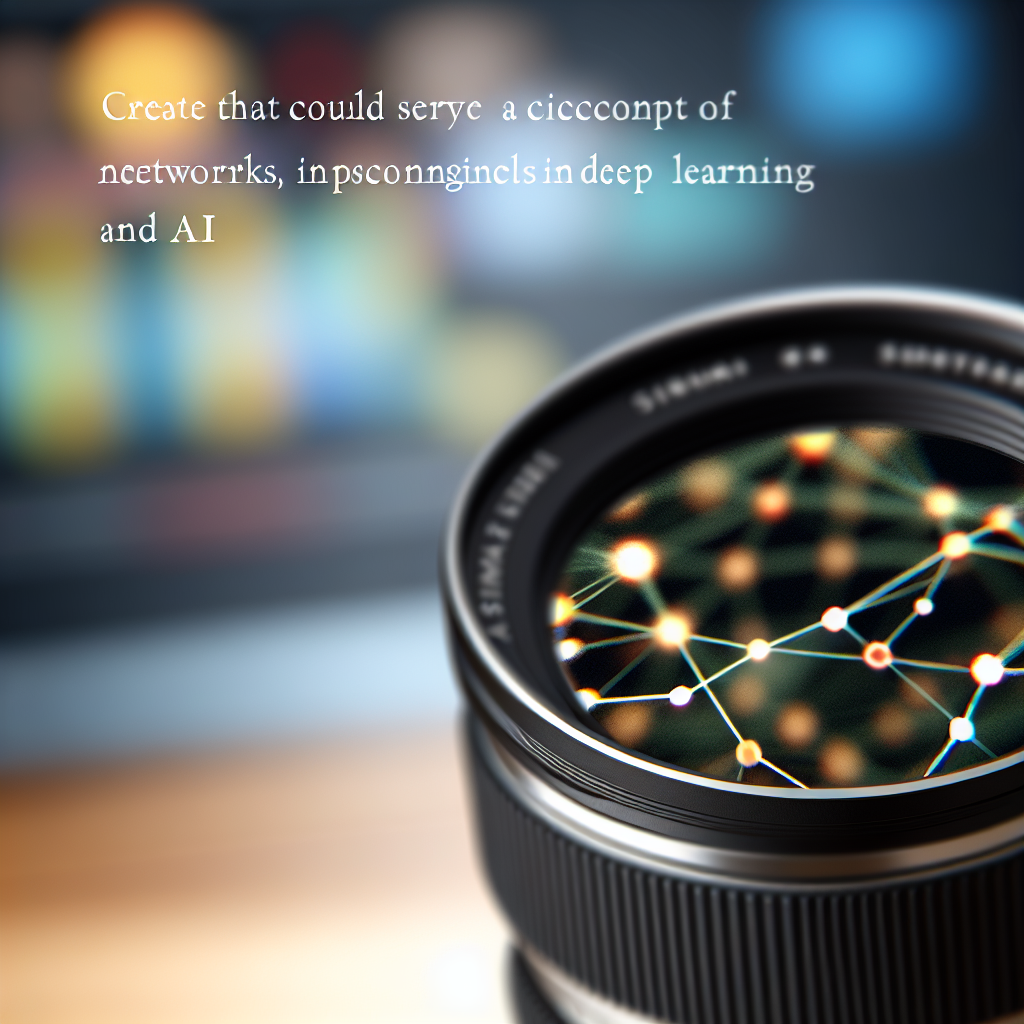Neural networks form the core of modern artificial intelligence and machine learning, enabling computers to recognize patterns, make decisions, and solve complex problems. In this article, we will explore what neural networks are, how they mimic the human brain, and their significance in the realm of deep learning. Understanding these concepts is essential for grasping how AI systems operate today.
What Is a Neural Network? The Foundation of Deep Learning
A neural network is a computational model inspired by the structure and functioning of the human brain. It consists of interconnected nodes called *neurons* or *units*, which are organized into layers. These networks process data by passing signals through these layers, enabling the system to identify patterns and relationships within raw data.
At a high level, neural networks are designed to learn from data by adjusting the *weights* of connections between neurons, simulating the way biological brains learn through synaptic strength. This learning process involves an algorithm called *training*, where the network gradually fine-tunes its parameters to improve accuracy in tasks like image recognition, natural language processing, and more.
The Architecture of Neural Networks
- Input Layer: Receives raw data such as images, text, or sound.
- Hidden Layers: Perform complex transformations and feature extraction. The depth and number of hidden layers define *deep learning* models.
- Output Layer: Produces the final prediction or classification based on learned features.
Modern neural networks often utilize *activation functions* like ReLU or sigmoid to introduce non-linearity, enabling them to model intricate relationships that simple linear models cannot.
The Significance and Impact of Neural Networks
Neural networks have revolutionized multiple industries by providing solutions that were previously impossible or highly inefficient. Their ability to learn from vast amounts of data allows them to perform tasks such as facial recognition, speech synthesis, autonomous driving, and medical diagnosis with unprecedented accuracy.
Furthermore, advancements in neural network architectures, including convolutional neural networks (CNNs) and recurrent neural networks (RNNs), have expanded their capabilities. These specialized structures are tailored to handle specific data types, such as images or sequential data, respectively, leading to breakthroughs across diverse fields.
In conclusion, understanding what a neural network is provides insight into the backbone of deep learning technology. From mimicking brain functions to powering modern AI applications, neural networks continue to evolve, driving innovation across industries. By mastering these concepts, aspiring AI professionals can better comprehend how machines learn and adapt in complex environments.
